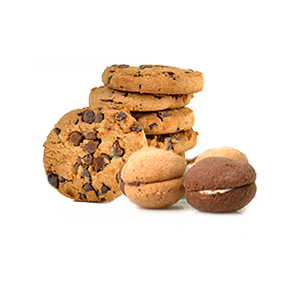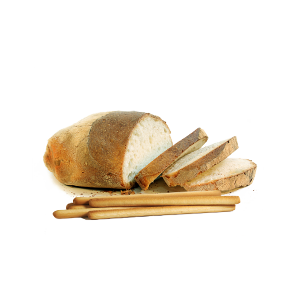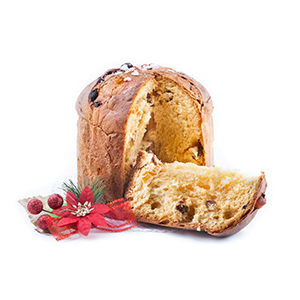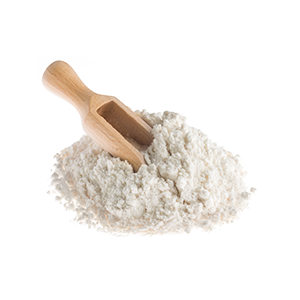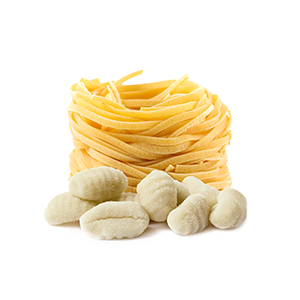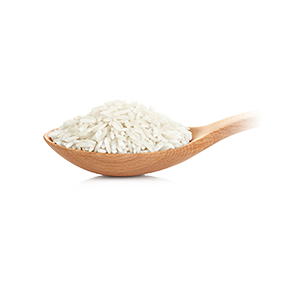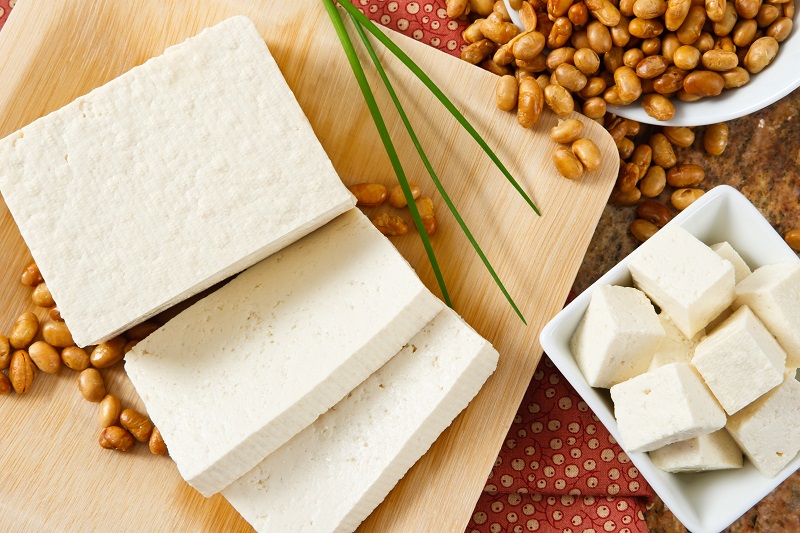Soy allergy: symptoms
Soy intolerance is among the most common ones and manifests itself as an allergic reaction to the ingestion of soy seeds or some of its derivatives. It can occur at any age, but how can you detect it? Let’s discover its symptoms and which soy-free foods can be eaten to follow a good and healthy lifestyle with taste.
What are the symptoms of soy allergy?
In case of soy allergy the symptoms that may be reported are:
- Nausea, vomit and diarrhea;
- Quincke’s edema and urticaria;
- Burning sensation, dry oropharyngeal cavity (the so-called oral allergy syndrome);
- Dyspnea and asthma attacks;
- Allergic conjunctivitis;
- Runny nose for allergic rhinitis;
- Feeling of choking;
- Vertigoes;
- Anaphylactic shock in the most severe cases.
Foods containing soy to avoid
The simplest solution to avoid soy allergy is to avoid consuming it. It is therefore essential to carefully read the labels of the products and verify whether there are some traces among the ingredients. The presence of soy is indicated, in compliance with the law, only when it is more than the allowed quantity. In that case it is written “may contain soy”.
The foods containing soy are:
- Soy drinks, soy yogurt, soy creams, soy panna or other products derived from that;
- Soy and green beans sprouts;
- Soy flakes;
- Soy flour;
- Soy pasta;
- Soy sauce and soy concentrates;
- Tofu and tempeh
Soy-free foods by Le Celizie
If you must follow a gluten free diet or if you want to indulge with an irresistible moment of sweetness tasting a genuine product, “Le Celizie” offer top quality biscuits, small tarts, assorted meringues; delicious savory (bruschette, corn sticks, croutons, melba toasts, bread and substitutes) or sweet ideas (creams, chocolate, snacks), rice or corn flour, many types and shapes of pasta.




